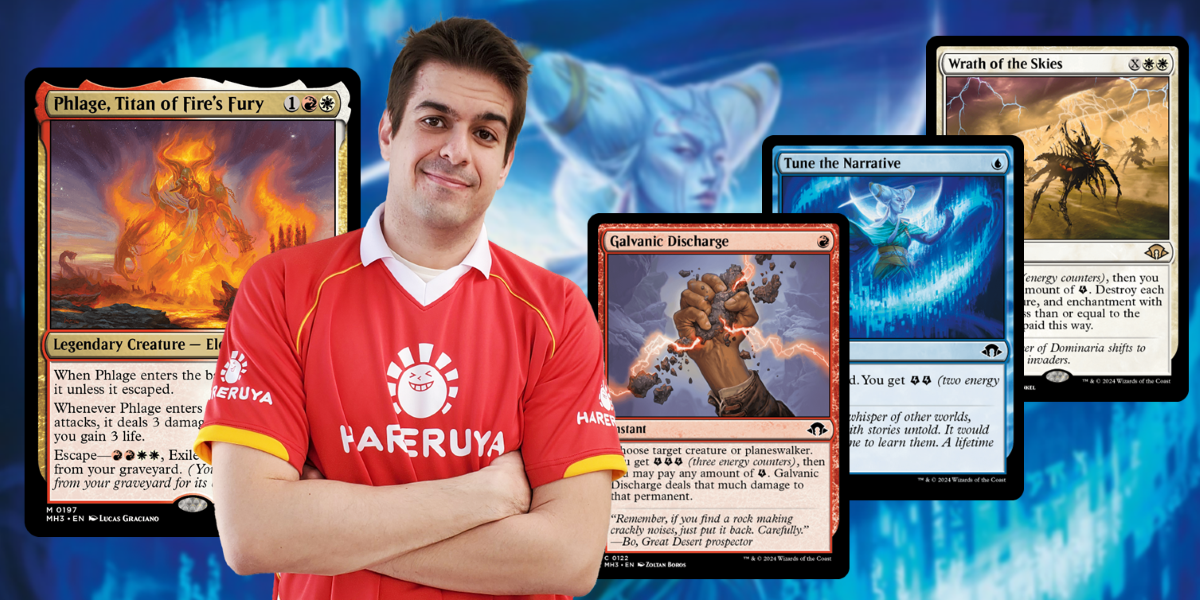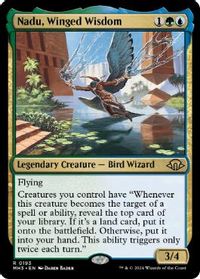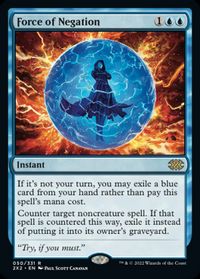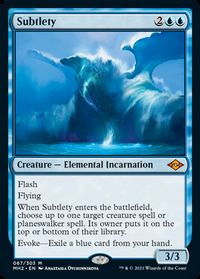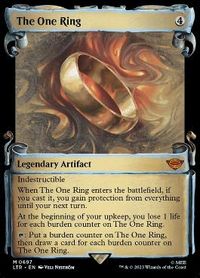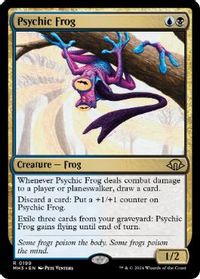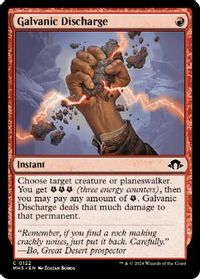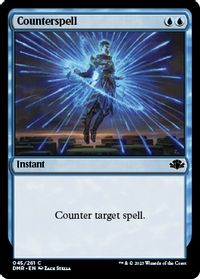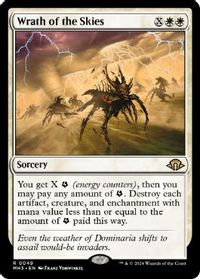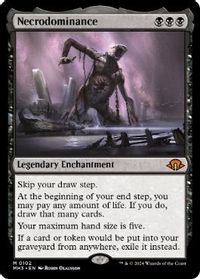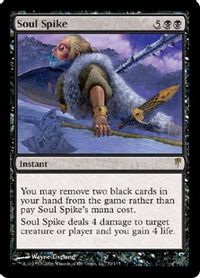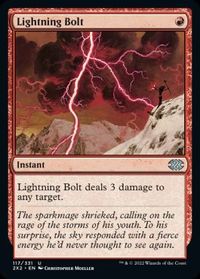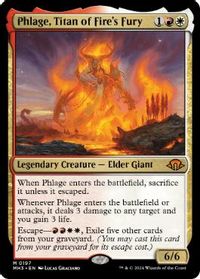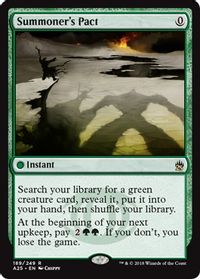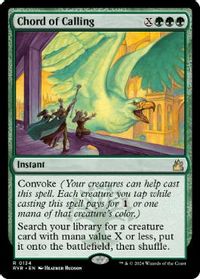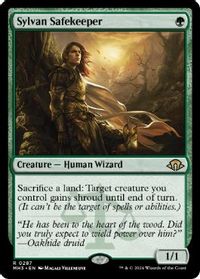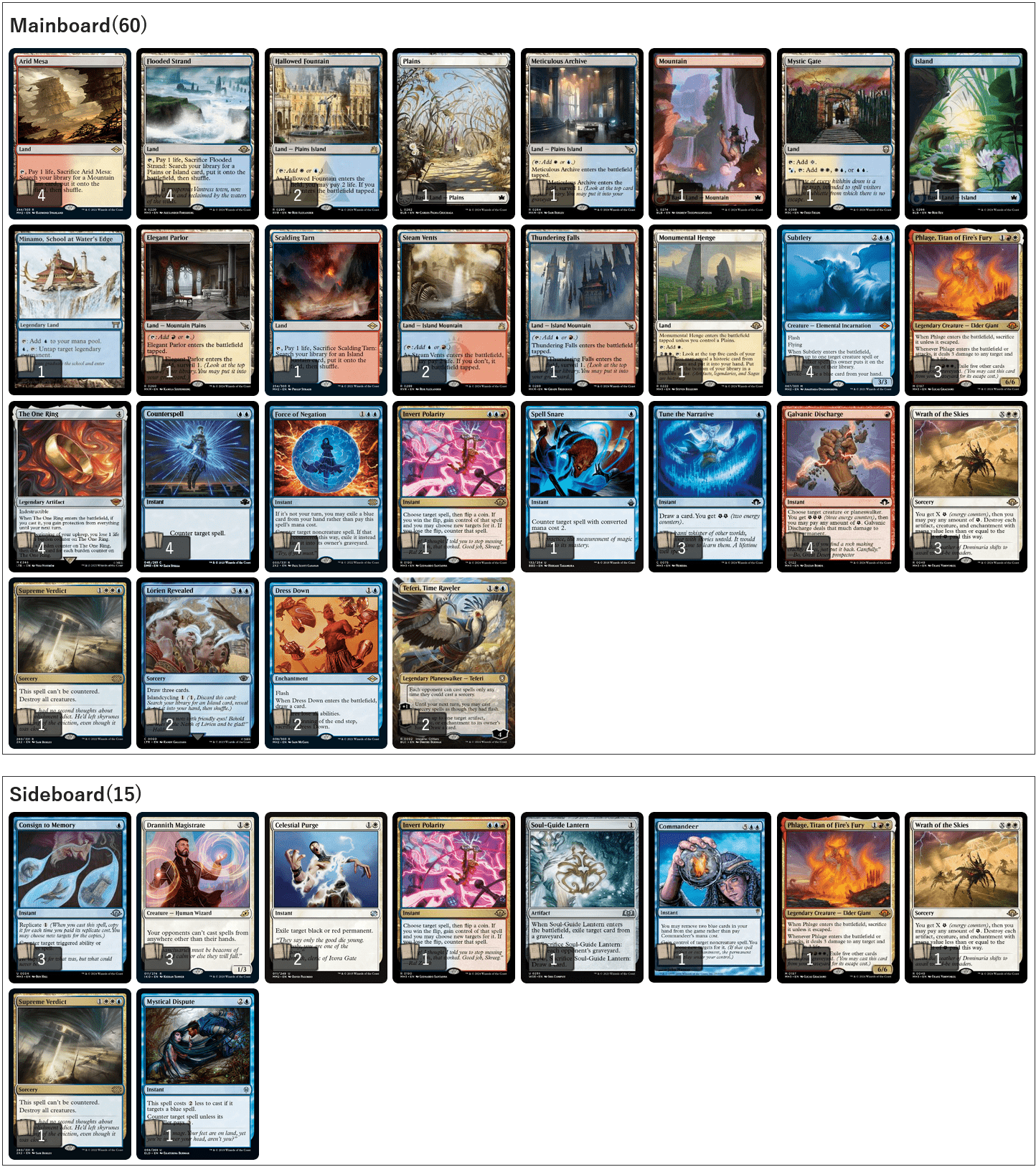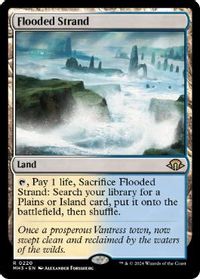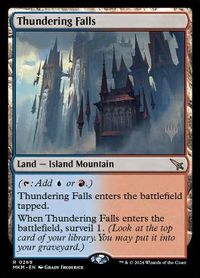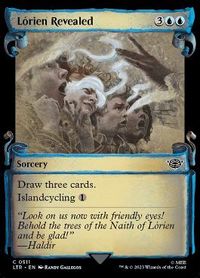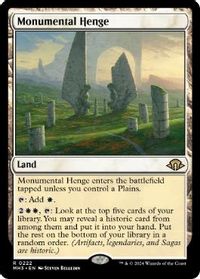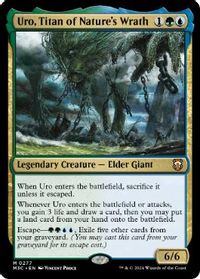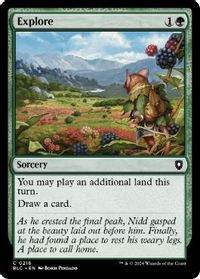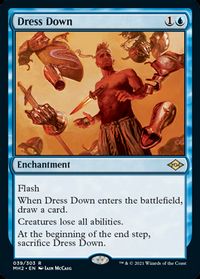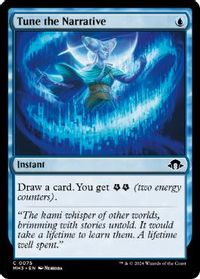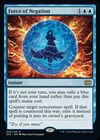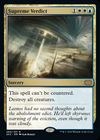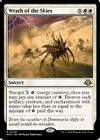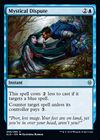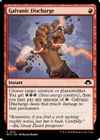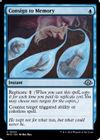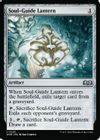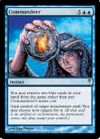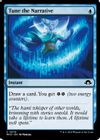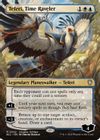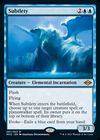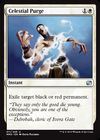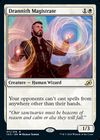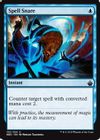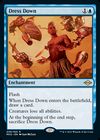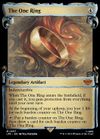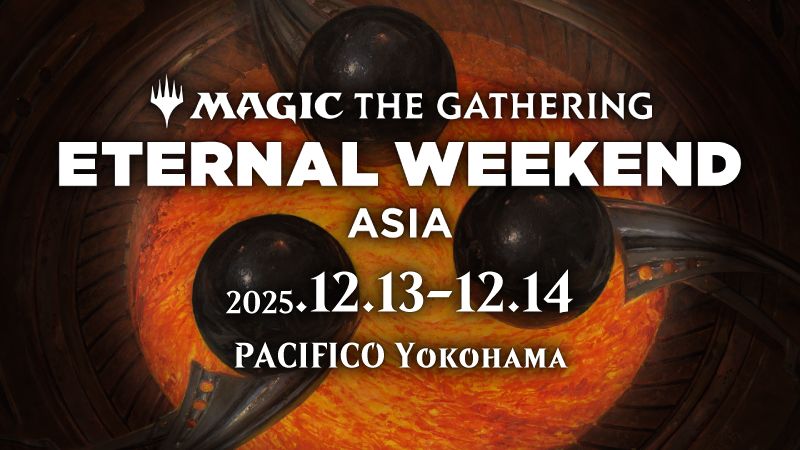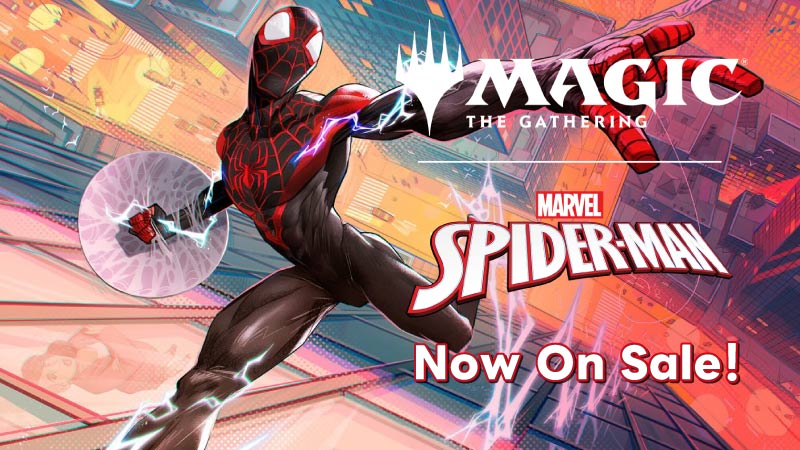Introduction
Hola!
Pro Tour Modern Horizons 3 is already in the books, and after some very close finishes in the last 2 Pro Tours, I finally got a Top 8 this season!
Making Top 8 is always a special occasion, so I feel quite happy about the result. While I did not play my best technical magic during the weekend, I think Jeskai Control behaved well for me in the tournament.
Choosing My Modern Deck
Deciding what to play in a Pro Tour is always a tricky decision. There are a bunch of factors to be taken into account and while metagames are sometimes not that hard to predict, what everyone will do inside a given archetype is certainly unpredictable to some degree.
In this case, pretty much everyone in Team Handshake agreed that 《Nadu, Winged Wisdom》 Combo was a broken deck and easily the best deck in the format, even if online results were not exactly suggesting so.
A tournament with a clear best deck presents a rather interesting situation. The two reasonable options are usually to play it or to play something that’s actively good against it. Ignoring a deck as good as Nadu was is something I would not recommend.
Depending on how good a “Best Deck” is, managing to beat it is already quite hard. But that’s not the only issue; you still need to be functional against the rest of the field. Jeskai Control ended being a deck that had a good matchup against Nadu, but ultimately we built using a different shell than the other versions of the archetype. Similarly to what happened with Tron last year; the short explanation is that it was built from scratch.
Let’s go to the beginning!
Early Testing
Usually, after a set is out there are some days where the metagame is not very defined and the impact of a new set is not very clear. Even before the set was already being played, it looked like Nadu would have a big impact but it was not clear which decks would be playable or have a good matchup against it.
So, on the prerelease day, I got to play a long session with Adrián Iñigo where we tried a few different brews and saw how they would perform against different decks.
One of those brews was a Blue/Black deck based on having 8 of the Blue pitch cards (《Force of Negation》 + 《Subtlety》) and 《The One Ring》, this time helped with 《Psychic Frog》, one of the cards I perceived among the best ones in the set. Funnily enough, that idea came from an idea someone had last year for our Modern PT testing where we had a monoblue deck splashing 《Ragavan, Nimble Pilferer》 with a lot of those cards; a deck that was cool but not consistent enough.
One of the takeaways we got from that testing is that the blue pitch cards were actually quite good at fighting Nadu. Granted, our Nadu versions were very unrefined but the fact that 《The One Ring》 + stack interaction was good against it remained true for the whole process.
Fast forward to the PT testing, we built a Jeskai deck based on the same principle but ultimately it was left behind as most of the team felt the deck would be pretty bad against any non-Nadu decks. So I moved into Necro decks.
《Necrodominance》 is also clearly among the best cards in the set. The drawback is certainly relevant, but this enchantment is strong enough in combination with 《Soul Spike》 that it often reads as a “

 : Win the Game” card. I put some work on the Necro decks and I liked them. Sure, the deck was a bit lackluster when it didn’t draw 《Necrodominance》, but when it did, it felt like the power level was on par with Nadu and better than anything else.
: Win the Game” card. I put some work on the Necro decks and I liked them. Sure, the deck was a bit lackluster when it didn’t draw 《Necrodominance》, but when it did, it felt like the power level was on par with Nadu and better than anything else.
I had two problems with Necro. The first one was 《Lightning Bolt》 showing up in Boros Energy decklists, and archetype that we perceived as decent going into the Pro Tour. On this line, 《Phlage, Titan of Fire’s Fury》 was also particularly annoying to play against, and 《Phlage》 plus 《Lightning Bolt》 combined would often kill us from a relatively high life total. This made it so our matchup against energy decks was not good, and 《Necrodominance》 on turn 3 on the draw would often not be enough.
The other one is related to Nadu. One pattern we identified somewhat early and a big issue for 《Grief》 decks overall was the fact that even when things went relatively well, Nadu would often have a one-turn window to topdeck and win the game. This usually meant they could draw a 《Nadu, Winged Wisdom》, 《Summoner’s Pact》, or 《Chord of Calling》 to win the game even if we had our engine going on.
Sometimes 《Sylvan Safekeeper》 was out to play around 《Soul Spike》, but all the tutors would win the game anyway. They would often have 10 or 11 cards that would win the game on the spot in a game where we did our thing and played a 《Necrodominance》, which sounds quite bad. To make it even worse, something as small as them having a fetchland to surveil 1 would give them two looks, which means a reasonable % of winning the game.
Those spots stacked in a way where it added much winrate that I started looking for answers. The natural answer was to add some blue cards to my deck so I could 《Subtlety》 and 《Force of Negation》 of my opponent’s threats after a 《Necrodominance》. Once I did that, it only took me a few games to go back to try Jeskai a bit more with all I had learned playing Necro.
Roughly, the idea of this Jeskai deck is that 《The One Ring》 acts as the 《Necrodominance》 of the deck and therefore you rely on finding them to get card advantage, which is why we don’t see the common card drawing engines other control decks have.
Deck List
This was our final PT decklist:
The whole plan of the deck is to trade resources and then play 《The One Ring》, as simple as that. The one subtle aspect of Modern that makes this deck functional is the fetchland+ surveil interaction. Other than combo exceptions like Living End, I felt like this was the deck that was getting the better use of this powerful interaction. At the end of the day, they say fetching a surveil land is like casting a 《Consider》!
Except we don’t want to play 《Consider》. With three surveil lands, we can consistently use our manabase as digging spells, which means we don’t need to use slots to fill that category. 《Lórien Revealed》 is also extremely important in this deck as a land that actually gets used as a card advantage engine. 《Monumental Henge》 was the Anthony Lee finding for the tournament, which proved extremely strong in the archetype giving us a powerful tool for the games where we didn’t naturally find our 《The One Ring》 or 《Phlage, Titan of Fire’s Fury》.
《Phlage, Titan of Fire’s Fury》
Even if the whole deck is built around 《The One Ring》, 《Phlage, Titan of Fire’s Fury》 is the other pillar of the deck.
I thought 《Phlage, Titan of Fire’s Fury》 was presumably a fixed version of the overpowered 《Uro, Titan of Nature’s Wrath》. I was wrong. I think it’s better than 《Uro》 in a deck like this, and the archetype exists mostly to accommodate this card, as otherwise maybe black would be a better fit for 《The One Ring》. It is that good.
Why is it better than 《Uro, Titan of Nature’s Wrath》 in our deck? Well, they both gain you life, so we can take that out of the equation. One casts an 《Explore》 and the other one casts a 《Lightning Bolt》. What’s better? It is relatively unclear.
Sure, 《Explore》 costs two mana and 《Lightning Bolt》 one, but 《Lightning Bolt》 is a multiformat superstar and certainly a better card. I don’t think it’s the right way of seeing it. Which card is better here is actually quite contextual, as they are good in different type of games.
However, once you play a deck that’s relying on 《Phlage, Titan of Fire’s Fury》 as a late-game threat and already has a powerful card advantage engine, the question you have to present is different. It is unclear to me which effect is better in the early game, as both 《Explore》 and 《Lightning Bolt》 can be very appealing.
But……Which one is better once you already have 《The One Ring》? Which one is better if your deck virtually has nothing that costs more than 4 that isn’t a land? Then the question is easier to answer: 《Lightning Bolt》. I also want to make it clear that I think that’s the case exactly in a deck like this. 《Uro, Titan of Nature’s Wrath》 would certainly open and offer different ways to build different decks.
I realized how broken 《Phlage, Titan of Fire’s Fury》 was when I played against it playing Boros versus Jeskai. It felt hopeless to play against the card, and I often felt like 《Uro》 would have been much weaker in the matchup. That was actually the moment when I decided to lock Jeskai in.
I had played Jeskai vs Necro and actualy felt Jeskai was totally fine, but I expected it to be somewhat bad against Boros Energy. It was not. 《Wrath of the Skies》 and 《Phlage》 were really a powerful combination and meant the deck was simply better than I expected against creature decks.
Overall, 《Phlage, Titan of Fire’s Fury》‘s biggest drawback was how mediocre it was against specifically Nadu, which is why we ultimately ended playing only 3 copies.
Also, remember that you can combine 《Dress Down》 and 《Phlage, Titan of Fire’s Fury》 to have a 6/6 on turn 3 in the battlefield! This puts a decent floor on how bad 《Phlage, Titan of Fire’s Fury》 can be in any given matchup, as it’s a creature that can effectively attack for 9 relatively early with 《Dress Down》.
Energy Package
One thing worth mentioning is the Energy Package. I think 《Wrath of the Skies》 as a way to actually punish opponents playing 《Urza’s Saga》 is a big change for reactive decks, as usually the best you could aspire to do was 《Dress Down》 and still let them search for their broken card.
Now, you can get advantage of them playing that powerful engine. Once you play 《Wrath of the Skies》, 《Tune the Narrative》 and 《Galvanic Discharge》 goes behind. I don’t think 《Galvanic Discharge》 is that much better than 《Lightning Bolt》 as a card, but Nadu being the best deck means our removal should be able to kill it, and it’s not very hard to turn Discharge into a one-mana removal for Nadu.
Sideboard Guide
Nadu

vs. Nadu
Jeskai Control

vs. Jeskai Control
Jeskai Wizards

vs. Jeskai Wizards
Boros Energy

vs. Boros Energy
Mono Black Necro

vs. Mono Black Necro
Ruby Storm

vs. Ruby Storm
Living End

vs. Living End
Tron

vs. Tron
Esper Goryo

vs. Esper Goryo
Prowess Aggro

vs. Prowess Aggro
Murktide

vs. Murktide
Amulet Titan

vs. Amulet Titan
Conclusion
It’s hard to predict where Modern will go, but it really looks like 《Nadu, Winged Wisdom》 might get banned. Even though this deck was born to beat Nadu I think the combination between countermagic and 《Phlage, Titan of Fire’s Fury》 is powerful enough to be competitive even if the metagame shifts.
Jeskai would need to adapt its answers and maybe be built in a way where it relies a bit less on 《The One Ring》, but I think this deck is going to be competitive going forward as it can adapt to have a good matchup against any deck we want to target with our answers.
Thanks for reading and good luck in the Modern season!!
Related Articles
- 2024/07/03
- Widen the “Deck Range” to Increase the Long-Term Win Rate
- Javier Dominguez
- 2023/10/19
- The Secrets to Play Tron in 2023
- Javier Dominguez


